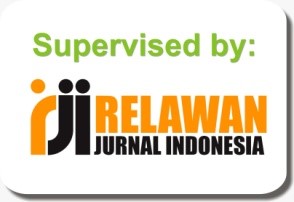The Impact of Monetary Policy and Firm Characteristics on Firms' Short-Term Assets, Liabilities, Term Structure of Debt and Liquidity Ratios: Evidence from U.S. Industrial Firms
Abstract
In this study, U.S. manufacturing firms' short-term assets, liabilities, term structure of debt and liquidity management ratios are examined over the 1971-2005 period. The impacts of firm size, profitability, tangibility, market-to-book ratio, leverage, as well as Federal Reserve contractionary monetary policy are analyzed from an insulation hypothesis viewpoint. We found support for insulation hypothesis whereby certain firm characteristics contribute to insulating the firm from the transmission effects of monetary policy. Also, contractionary monetary policy is found to have opposite impacts on high leverage and low leverage firms' holdings of short-term assets. Fed tightening of credit is seen to have a significant effect on account payables and long-term debt figures, and on the term structure of short-term vis--vis long-term debt.












